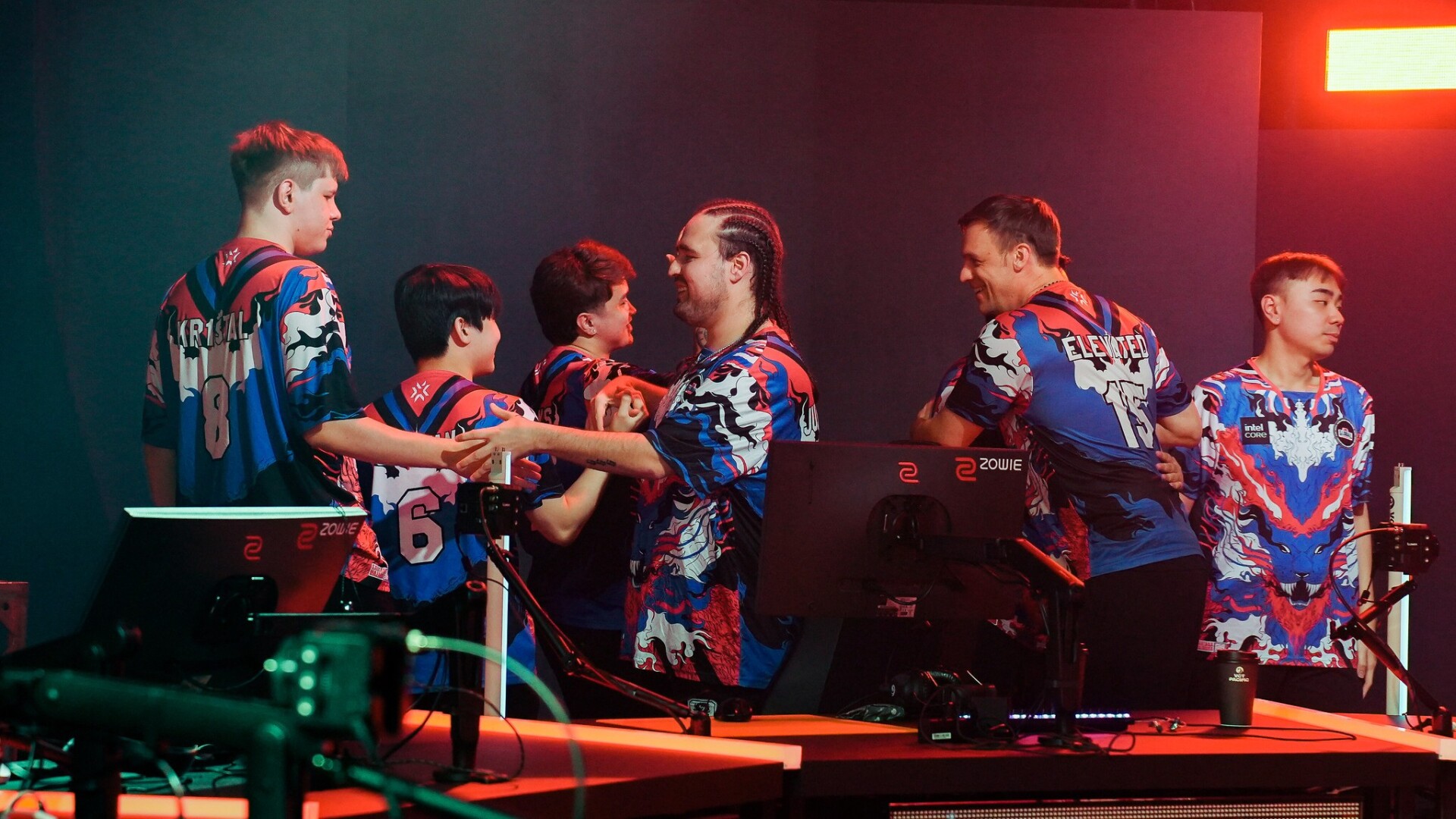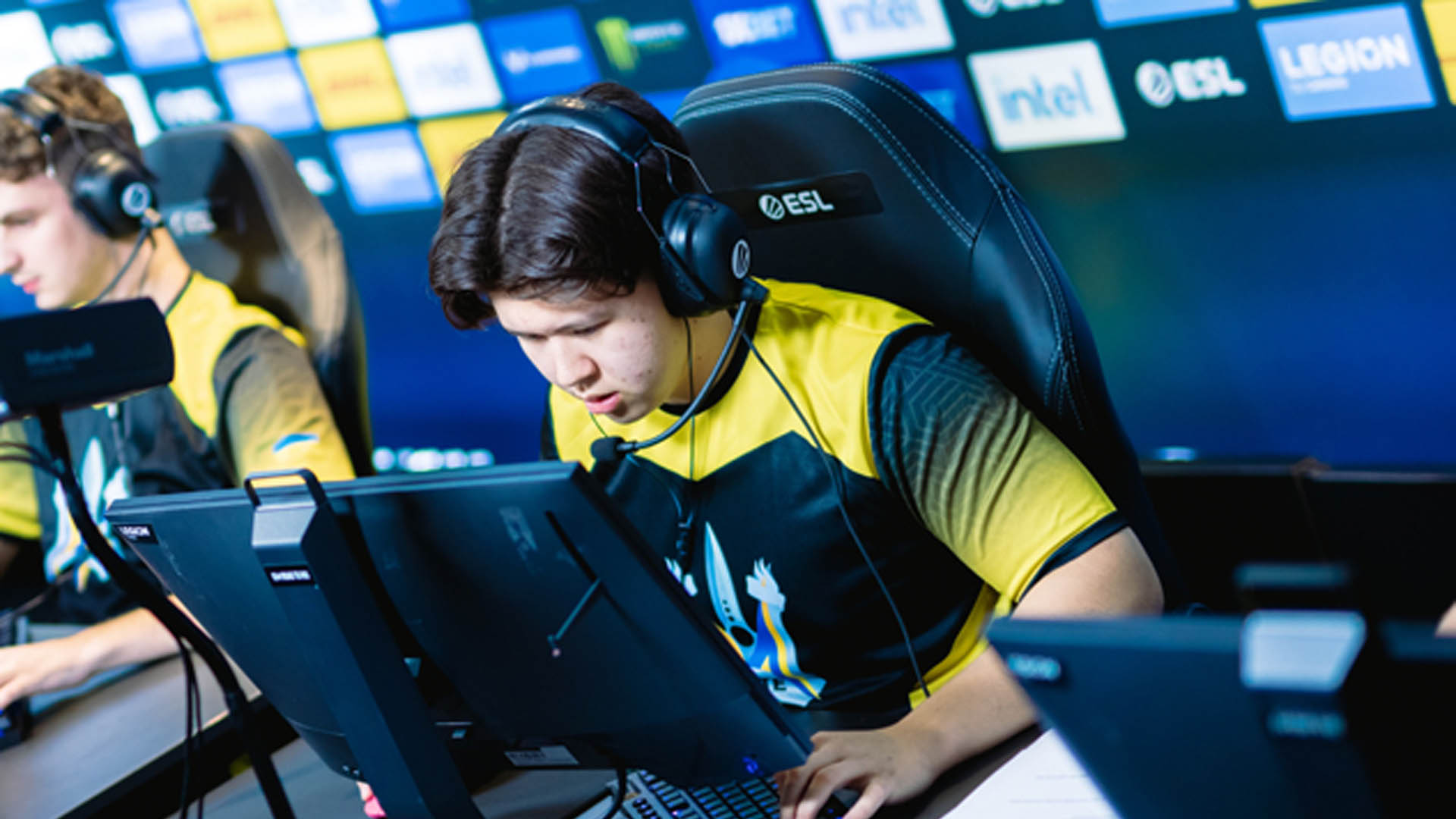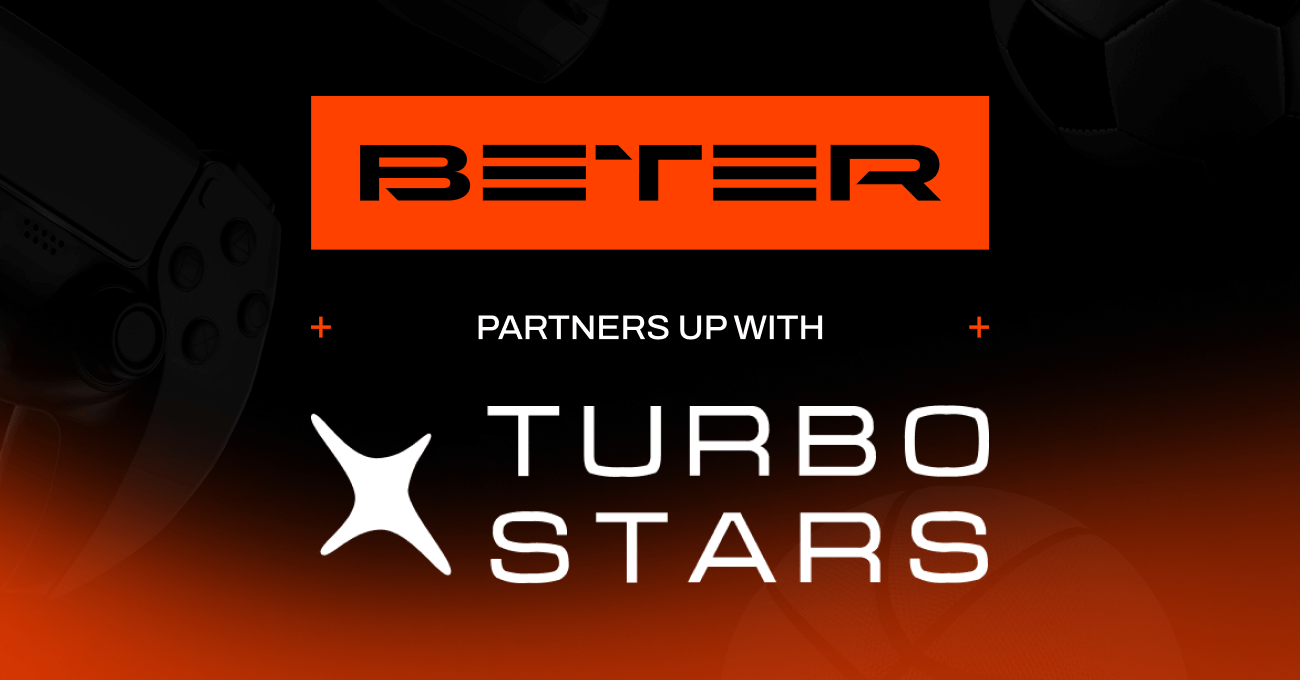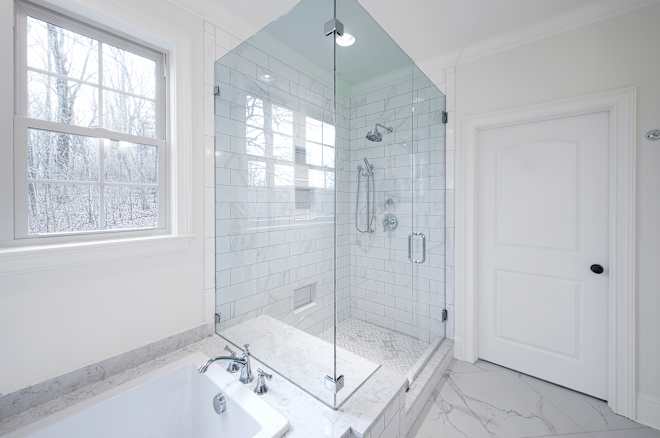The 5 Best Gaming Laptops: IGN's 2025 Picks for PC Gamers
We've tested dozens of gaming laptops and notebooks for power, style, and build quality to pick the best machines for PC gamers on the go.


If you want a gaming PC that can follow wherever you may roam, a gaming laptop is likely your best bet. While desktop parts will usually still beat out a gaming laptop, the best of them offer excellent performance in the latest games. Best of all, some models are able to offer peak performance while still remaining thin and light, like the Razer Blade 16, which is my pick for the all-around best gaming laptop of 2025 so far.
TL;DR – These Are the Best Gaming Laptops:
The first thing I always recommend to people hunting for a new gaming laptop is to consider is what PC games they actually hope to play. The second is what settings they hope to play them at. These two questions can guide your purchase to higher- or lower-end hardware and what trade-offs you're willing to make. Now more than ever, gaming laptops come in every shape and size, from thin and light devices to moderately heavy powerhouses like the Gigabyte Aorus Master 16. Larger performance-driven laptops (like the ones that come with a 4K display) achieve their enhanced performance with more powerful, and power-hungry, components, which means sacrificing on portability, battery life, and fan noise.
There are countless to choose from a ton of different gaming laptop brands, and finding the best for you can be more than a little daunting. I've tested dozens over the years, and I have a deep understanding of what it takes for a laptop to ascend to greatness for different types of gamers and can confidently say: These are the best gaming laptops of 2025 so far.
Looking for discounts on laptops like these? Check out our guide to the best gaming laptop deals.
1. Razer Blade 16 (2025)
Best Overall Gaming Laptop
Let's get this out of the way: The Razer Blade 16 isn't the most powerful RTX 50-series laptop. Instead, this notebook earns my top pick because of sum of its parts. See, the team at Razer understood that a huge crosssection of laptop gamers carry their machines with them every day, and flat-out making it nicer to use while also being powerful can dramatically enhance the use experience. And, as an extra, if you're willing to invest in Razer's laptop cooling pad, you can unlock the full wattage for performance that goes toe-to-toe with other RTX 5090 laptops.
Make no mistake: The Razer Blade 16 is still a gaming beast. In my review, I threw everything and the kitchen sink at it and there was nothing it couldn't run well on its crisp 1600p OLED screen. While running those games and benchmarks, the system stayed surprisingly quiet. This is a gaming laptop you could use in a school library without attracting attention.
It's true that a high-powered RTX 5080 like the Gigabyte Aorus Master 16 also recommended in this guide will get you similar, if not better, performance. What most other laptops can't offer, though, is the Blade 16's level of portability and noise.
Measuring just 0.59 inches at its thinnest point, it's a marked improvement from its predecessor and, well, most gaming laptops with such powerful hardware. It also weighs only 4.7lbs; you won't forget it's there, but it won't leave your back and shoulders sore from lugging it around every day. That portabilty makes it more appealing as a daily carry, so I didn't second guess taking it with me every day even when I might not actually need it.
The Blade 16 does a great job of feeling like the premium product it is. The chassis is milled from a single block of aluminum and feels solid and robust. It also helps with heat dissipation, but solid engineering ensures that the keyboard never gets more than warm while gaming. Its screen is also excellent with impressive factory calibration and multiple professional color modes that allow it to be used for creative applications straight out of the box. It's per-key RGB keyboard is completely programmable, complete with SOCD (Snap Tap) and macro support to better emulate a dedicated gaming keyboard.
On top of that, it also offers great battery life while gaming. Thanks to the new advancements in how the RTX 50-series handles power management, you can play games for around two hours instead of one or less like last generation.
The Razer Blade 16 is an excellent laptop that, while pricey, is something special in this space. If you want a great gaming laptop that will impress you with its portability, look no further. 
2. MSI Thin A15 AI
Best Budget Gaming Laptop
The MSI Thin A15 AI offers great FHD gaming performance at a reasonable price. At less than $1,000, it offers an impressive array of specs that are more than up to the task of 1080p gaming and even open the door to streaming and content creation. Best of all, as you might have guessed from the name, it does this in a package that's comparatively thin and light for a gaming laptop.
Its portability might lead you to believe it wouldn't be able to keep up with the latest games, but in fact, the opposite is true. By going for a 1080p screen (that runs at a smooth 144Hz), its Nvidia RTX 4060 is perfectly suited to dialing up settings and enjoying the bells and whistles your games have to offer. It also comes with an AMD Ryzen 9 8845HS processor that includes eight cores and 16 threads and is able to hit a peak clock speed of 5.2GHz. The laptop also comes with 16GB of DDR5 RAM and a 1TB NVMe SSD, ensuring that you won't run short on memory or storage.
It's a killer machine that I recommend for anyone on a budget, but there are some trade-offs you make to bring home this kind of performance sub-$1,000. Foremost is cooling. More to the point, noise. Thin gaming laptops often have roaring fans to dissipate the heat, and the A15 is no exception. It also has static backlighting for the keyboard, so your customization options are more limited. In my opinion, the hardware you're getting in exchange is more than worth the sacrifices it takes to get there. If you go for it, I recommend pairing it with one of the best laptop cooling pads.
3. Gigabyte Aorus Master 16
Best High-End Gaming Laptop
In reviewing the Gigabyte Aorus Master 16, this laptop surprised me. Coming hot on the heels from testing the Razer Blade 16, my top pick for this guide, the size and weight of this laptop put me off, but there's no arguing with how great it performs. The RTX 5080 in our test sample outperformed the Blade 16's RTX 5090 in every one of our formal tesst, blowing my socks off in the process.
I don't mean that literally, but I could, because running its hardware as intensively as it does generates a lot of heat that the system needs to exhaust. It gets loud, but it works well, allowing this laptop to perform at its top potential for long periods of time. Keep the vent cleared and gaming headset on, and you'll be all set to enjoy a top-tier PC gaming experience on the go.
Its performance in games lies in its combination of high-performance hardware and the way its engineers have designed it. In addition to the RTX 5080, it comes with an Intel Core Ultra 9 275HX processor, a 24-core beast that hits a top speed of 5.4GHz. Its core count and clock speed ensure that you can multitask to your heart's content and that the processor will never bottleneck what the GPU is capable of.
The added thickness has allowed Gigabyte to implement a high performance Windforce cooling system with chambered, high-fin fans, and a vapor chamber to pull heat away keep temperatures in operable levels. While some of its competition, like the Razer Blade, has opted to lower the GPU's power draw (and thereby performance) to use a thinner, quieter design, the Aorus Master 16 puts performance at the forefront.
If you're not super techie, don't worry. The laptop comes with an AI-enhanced configuration suite called GiMate. Built into this system is an AI chatbot that can talk to you using natural language and configure the system to match what you're up to. Tell it that you'd like to play a game and it automatically sets the system into its highest performance mode. Tell it you're going into a meeting and it will ramp the fans down while leaving performance in a balanced state that can handle virtual meetings and presentations without sapping the battery with needless options. It's user-friendly and perfect for beginners.
The Aorus Master 16 is hardly perfect, but it so effectively punches above its class in gaming performance that it's hard not to love it. If Gigabyte can find a way to slim it down a bit, it would come close to perfect for a huge amount of laptop gamers.
4. Asus Zenbook S 16
Best Work/Gaming Laptop
If you're looking for a gaming laptop that's slim, light, and professional enough for work, the Asus ZenBook S16, which I've reviewed, is the laptop for you. This isn't the laptop to turn to for the absolute best in gaming performance, but when you need something that balances professionalism, capability, and responsiveness in everything from spreadsheets to solos in Call of Duty, this is the laptop to choose.
The Asus Zenbook S 16 is a beautiful laptop. It's exceptionally thin, measuring 0.47 inches at its thinnest point, and weighs only 3.31lbs. You can carry it through an entire workday and barely notice it's there until you need it. It features a bright 500-nit OLED touchscreen that is vibrant, crisp, and offers deep contrast for a killer HDR experience. It's also a touchscreen, so you can easily interact with it in the way that's most natural for you in the moment. For gaming, the screen is also able to reach 120Hz, ensuring smooth gameplay with a minimum of motion blur.
In most circumstances, a laptop like this couldn't be considered a gaming laptop at all. While it's true that's not the S 16's main purpose, I was surprised to find just how great it was for gaming in my testing. That's because its AMD Ryzen 9 Al HX 370 CPU features Radeon 890M graphics. As of this writing, it's one of the highest performance integrated GPUs out there, topping many of the handheld Windows gaming PCs available to date. It also allows you to take advantage of AMD's performance-enhancing graphics features, including FidelityFX Super Resolution (FSR) and frame generation. When both aren't available, you'll need to lower the resolution and graphics settings, but if you're willing to do that, the S 16 is able to run a wide array of games at playable frame rates.
Just as importantly, it offers excellent battery life with up to 15 hours for day-to-day work tasks. Once you boot up games, this drops substantially because of how demanding they are, but it makes this the perfect laptop to get through your workday and then kick back for some PC gaming in the evening.
Connectivity is also strong with two USB Type-C ports capable of power delivery and video, a full-size USB-A port that's perfect for a gaming mouse, and a microSD card reader. You won't need to carry around a bulky charging brick, either. The included charger is small and lightweight, but it also works with aftermarket GaN chargers too, which can be even smaller.
Your coworkers will be none the wiser to the ZenBook S 16 is one of the most stylish and elegant laptops I've ever tested. It features the company's new Ceraluminum lid, which is a composite of ceramic and aluminum alloy for a durable, fingerprint-resistant finish. It genuinely looks stunning, and no one will second guess whether your laptop is a suitable fit for professional work.
The biggest drawback to this laptop is that its surface temperatures can get quite toasty. Since it emphasizes quiet performance, much of its heat transfers into the case, making it best suited for use on a desk or laptop stand. Even with this issue, the S 16 is a remarkably strong pick from anyone that needs a laptop for both work and gaming.
5. Asus TUF Gaming A14
Best Gaming Laptop for Students
If you're a student, the Asus TUF Gaming A14 is an excellent pick that I simply adored in my review. It's surprisingly thin, exceptionally quiet, and offers impressive battery life. If you need a notebook you can carry between classes, and that also lets you sneak away into the library to play your favorite games (shh!), look no further: This is the laptop for you.
While "thin and light" might be the watch words for productivity laptops, the design pays dividends for students that want to enjoy some games in their downtime. At only 3.2lbs and 0.78 inches at its thickest point, it's compact enough to fit into any bag without weighing you down. When it's time for gaming, its 8th-gen high-performance AMD Ryzen processor and Nvidia RTX 4060 GPU are well-matched to its 1600p display, though I'd recommend dropping the resolution to 1200p to push the frame rate even higher. The picture stays crisp on its 14-inch display and the higher fps really make the most of its 165Hz screen.
The biggest nitpicks I made about this machine really had to do with its expandability and relatively high price for the level of hardware it features. While you can't expand the memory, the overall balance between performance, portability, and noise that Asus struck here is pitch perfect for on-the-go students.
How to Pick the Best Gaming Laptop
Gaming laptops have come a long way in relatively little time. Power, portability, and price have all seen dramatic improvements in just the last five years, and somehow gaming laptops are getting thinner and adding even more features.
Portability and Form Factor
Where will you be taking this gaming laptop? If you'll be taking it out every day, you’ll want something portable, such as a 15-incher or even smaller. Users who just want a laptop to live at home as more of a desktop replacement should go for a 17-inch rig or bigger for the larger screen size and greater power.
Weight is another consideration if you'll be carrying the laptop around all day. Anything more than 5lbs is going to be very noticeable. This can be an issue because gaming laptops have a tendency to be a bit bigger than competing options that don't need larger and more advanced cooling solutions. It's not impossible to find thin and light gaming laptops with great performance, but you should definitely take the time to consider what you're comfortable with and if you're willing to trade performance for portability.
With integrated GPUs, with the integrated graphics on modern processors getting to be so good, it's also possible to find gaming laptops in form factors that just didn't work before. The ROG Flow Z13 is a prime example; it is essentially a 2-in-1 gaming laptop that can double as a tablet for artists and students, but offers impressive gaming performance thanks to its AMD Ryzen AI MAX processor.
The point is, you don't need to limit yourself to bulky clamshell designs in the same way you used to. Depending on your budget and performance needs, there are more options than ever out there. 
Power
The newest gaming laptops come equipped with the latest Nvidia RTX or Radeon RX graphics chips. These mobile chips are nearly as capable as their desktop version, plus they support the latest ray tracing, DLSS, and frame generation technologies.
On that front, it can also be important to consider what games you plan on playing, their minimum and recommended specifications, and what advanced features they might support. If the game is equipped with the latest version of Nvidia's DLSS, for example, and supports frame generation, you can probably get away with a lower-powered, lower-cost graphics card since the tech will improve your frame rate even on a cheaper card. As you get into higher tiers of laptop GPUs, prices skyrocket quickly.
Choosing the latest processor isn't quite as necessary, but it's nice to have and can help ensure that it doesn't bottleneck the potential performance of your GPU. If you're looking at a laptop with an Intel processor, be sure that the processor isn't more than a couple generations behind. Both Intel and AMD offer gaming processors with built-in neural processing units for enhanced AI performance. For Intel, these are referred to as Core Ultra processors while AMD dubs its lines AI and AI MAX. Both can offer great gaming performance.
If you only plan to take part in light gaming, a recent Core Ultra or AI Max processor can also take the place of a dedicated graphics card and save you hundreds in the process. Both of these chips feature powerful integrated graphics, and so long as you're willing to adjust settings and resolutions, can deliver playable frame rates. They're also great if you plan on streaming your games through the cloud through services like Xbox Cloud Gaming or GeForce Now.
Price
If you're set on a gaming laptop and just need to decide which one to get under a certain price point, then your choices will be narrowed down based on your maximum budget. If that's you, you'll probably want to explore our full list of cheap gaming laptops we'd recommend instead, but here's our top budget pick right now:
Most gaming laptops are only as portable as the nearest electrical outlet. All that power comes at a price, though. The general rule of thumb about gaming laptops is that their battery life stinks. In general, you should plan on plugging in your laptop before loading a game. Playing on battery power typically lasts an hour or less and also delivers worse performance due to the power limits the laptop imposes on the graphics card and processor. It's just not ideal, but may still be better than lugging around a heavy power brick, depending on what you're playing.
One recent exception to this is Nvidia's RTX 50-series laptop GPUs. These new chips feature enhanced power management features, so you can count on closer to two hours instead of one.
Another consideration when choosing a gaming laptop versus a gaming desktop is its price. It costs quite a bit more to stuff all those components (i.e. the built-in trackpad, keyboard, speakers, and display) into an easy-to-carry shell. 
Depending on how tech-savvy you are, You can save some money by choosing a laptop with less memory and storage at checkout and upgrading these components yourself. It's usually much cheaper to do so. However, you'll want to research carefully to ensure that both are upgradable at all and, if so, are easily accessible. Some laptops hide components inside, beneath others, making them especially difficult, if not impossible, for anyone other than an expert to access. Bear in mind, however, that a laptop in general is much less upgradable than a desktop gaming PC. Outside of memory and storage, changing out other components likely means buying a whole new PC.
Gaming Laptop FAQ
Should you buy a gaming laptop or a gaming PC?
When considering a gaming laptop over a gaming desktop, ask yourself: Is the premium price worth it for the luxury of portability? In virtually every case, you'll pay more for a gaming laptop with similar on-paper specs to a well-matched gaming desktop. It doesn't stop with the cost: Just because two graphics cards have the same name doesn't mean that they're the same in all circumstances. Laptop versions of same-name GPUs usually offer reduced performance due to their thermal and power limitations. Gaming desktops provide more bang for your buck, are less expensive to upgrade and repair, and last longer before they go obsolete. See our guide to gaming PCs vs. gaming laptops for a deeper comparison.
Is the CPU or GPU more important in a gaming laptop?
Both are important, but you should consider the graphics card more than the processor. Even though a slow processor can throttle the graphics card and lower your fps, usually this is much less of a concern than simply having an underpowered GPU. Remember, it's the graphics card that renders your games and is the single most influential component to gaming performance.
Do I need a dedicated graphics card in my gaming laptop?
Not always. This depends on what you're hoping to achieve. If you're interested in running the latest games at high graphics settings and resolutions, you definitely need to invest in a laptop with a great graphics card. If you only plan to do light gaming, enjoy older games that aren't very demanding or stream your games from the cloud. A modern processor with integrated graphics can also be a good way to save some money. With that in mind, relying on an integrated graphics card hasn't always been as possible as it is today. As such, I would recommend this only for gaming laptops with AMD Ryzen 7000-series or Intel Core Ultra processors.
Do you need a laptop cooling pad?
Many modern gaming laptops come with ample cooling solutions baked into the chassis. But given their much smaller form factor than traditional desktop gaming PCs, thermal throttling can occasionally be an issue. If you are experiencing a downgrade in performance or your device seems a little too hot to the touch, a laptop cooling pad could be a simple, affordable solution. Laptop cooling pads often feature fans and ventilation slots or mesh for better airflow than when your laptop rests on a gaming desk or your lap, helping to ensure your device is working to its full potential and can even increase its longevity. If you're looking to keep your gaming laptop cool on the cheap, the Havit HV-2056 is an excellent option.
Christopher Coke has been a contributor to IGN since 2019 and has been covering games and technology for more than a decade. He has covered tech ranging from gaming controllers to graphics cards, gaming chairs to gaming monitors, headphones, IEMs, and more for sites such as MMORPG.com, Tom’s Hardware, Popular Science, USA Today’s Reviewed, and Popular Mechanics. Find Chris on Twitter @gamebynight.
Image Credit: Annalee Tsujino is a multi disciplinary designer and illustrator. Check them out on Instagram @antsu_illustrations.




































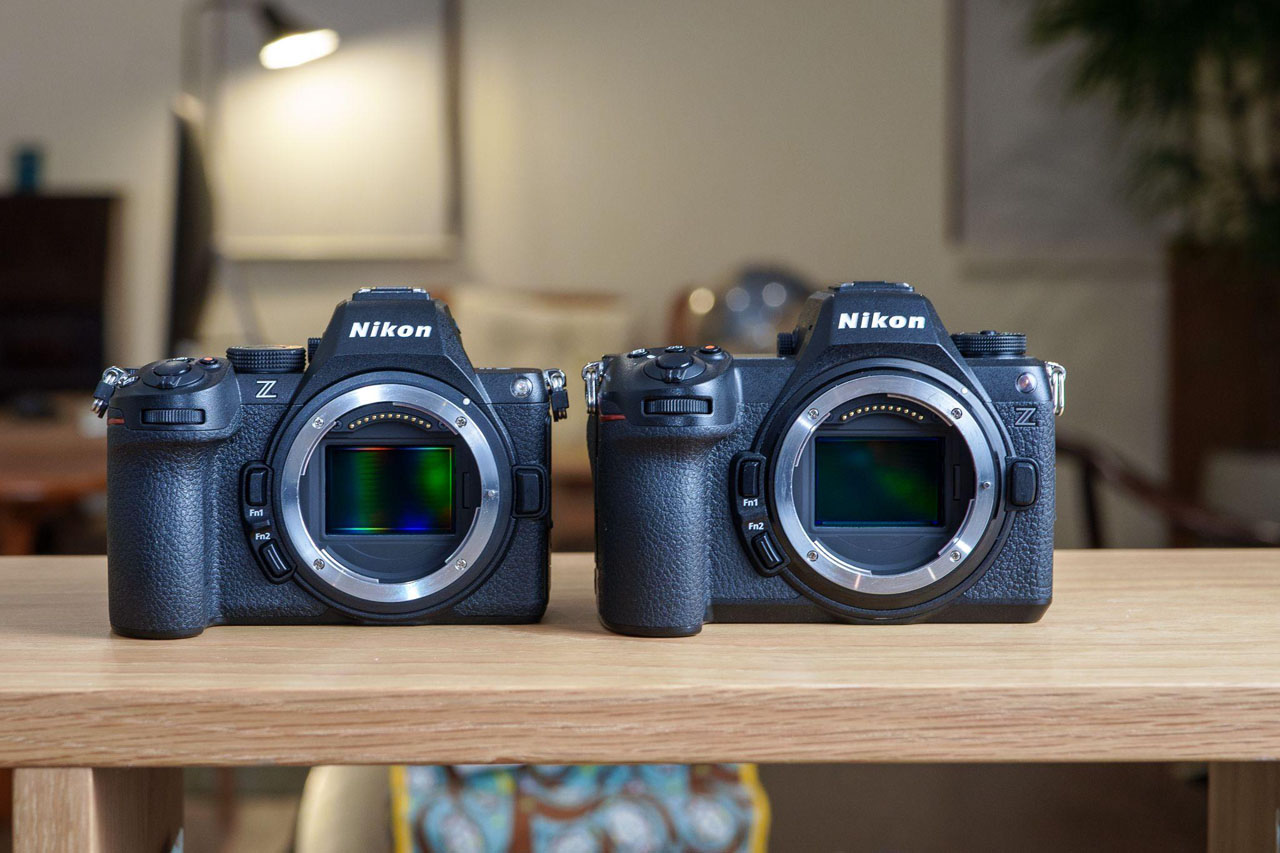
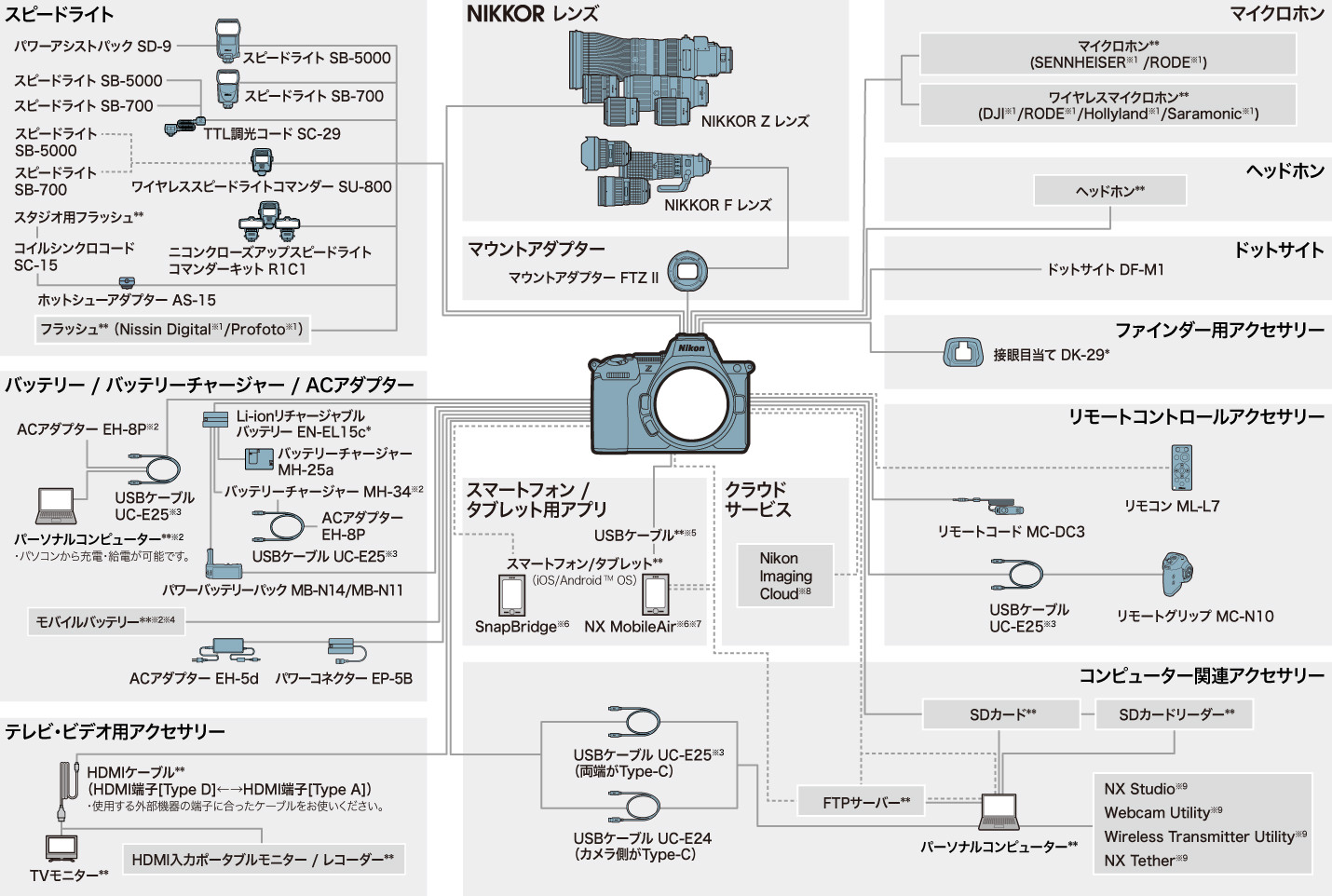
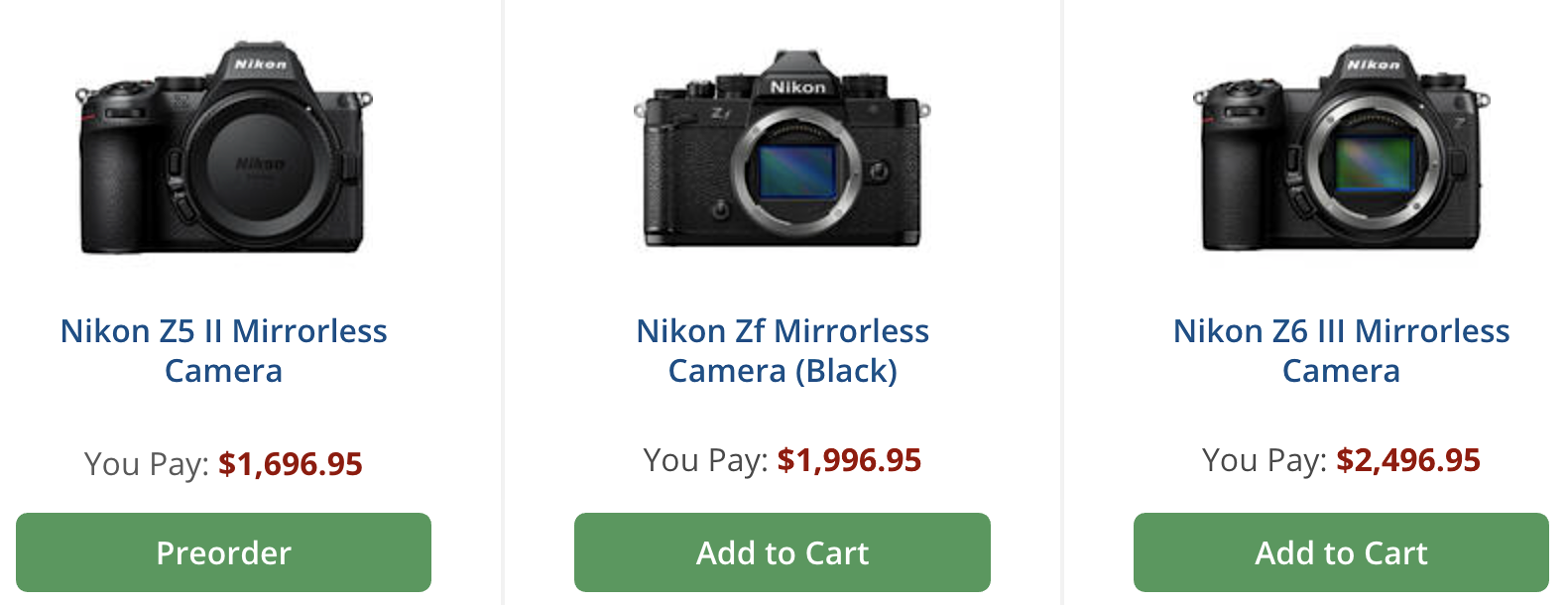
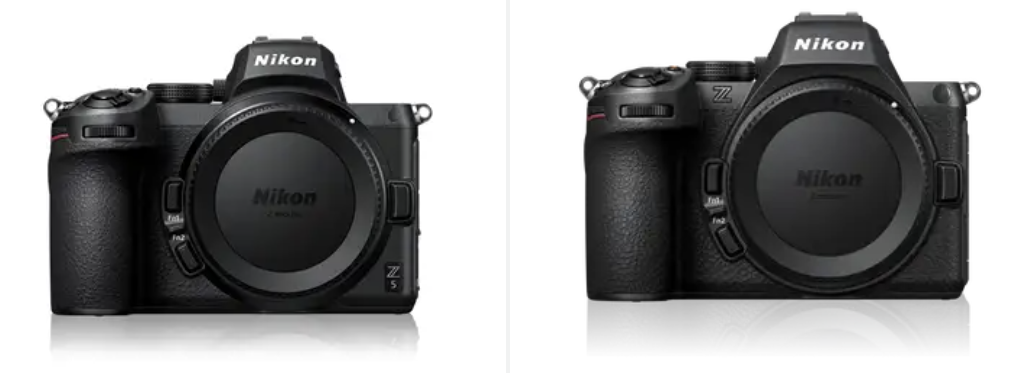












-Nintendo-Switch-2-–-Overview-trailer-00-00-10.png?width=1920&height=1920&fit=bounds&quality=80&format=jpg&auto=webp#)








